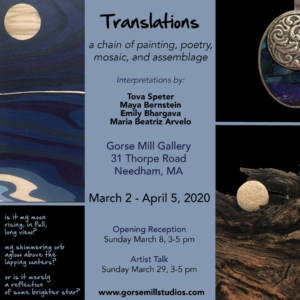
Instead of a mosaic pendant as usual, I wanted to let you all know that the show “Translations, a chain of painting, poetry, mosaic and assemblage” will be on display at the Gorse Mill Gallery in Needham from March 2-April 5 with an opening reception on March 8 from 3:00-5:00. The ten pendants that I’ve made based on poems will all be on display as part of the show. I hope some of you can make it!
And, as a special (unrelated) treat, here are a few of the pendants I made this week using Shel Silverstein’s illustrations and texts. I love the rhythm of the poetry and the humor of the illustrations.
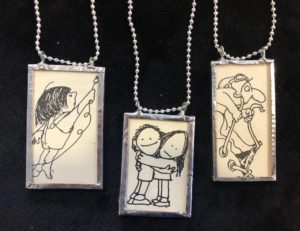
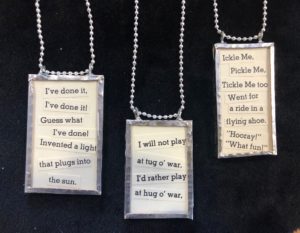
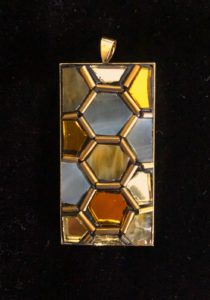 1″ x 2″, beads and glass
1″ x 2″, beads and glass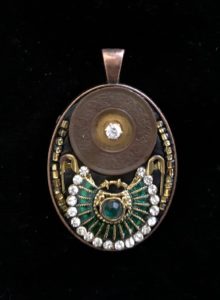 1″ x 2″, found objects
1″ x 2″, found objects 1″ x1″ glass and found objects
1″ x1″ glass and found objects